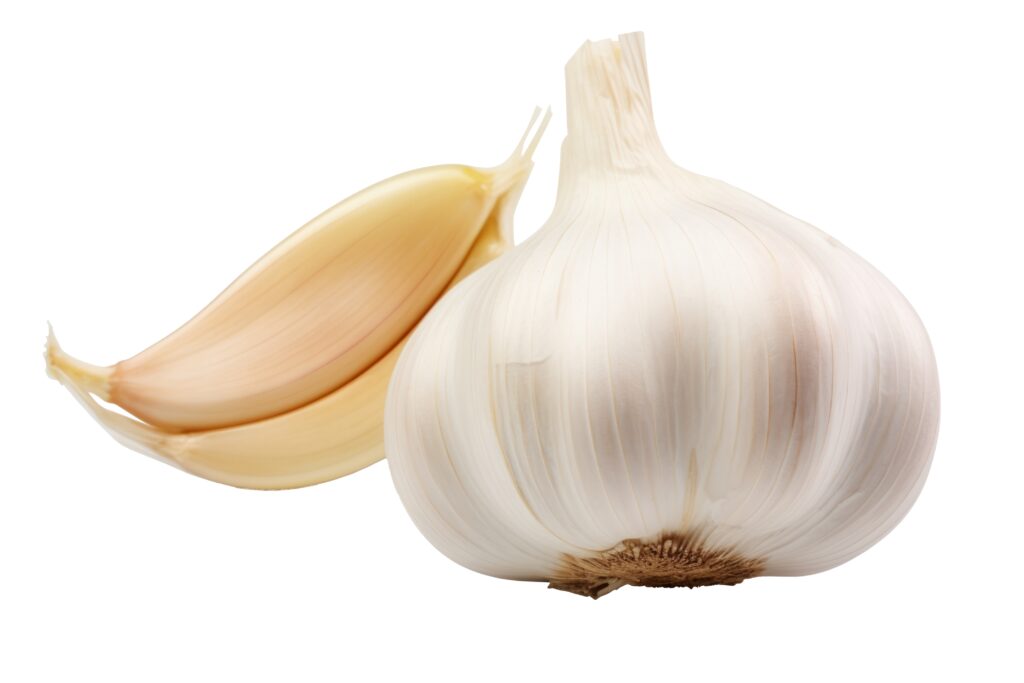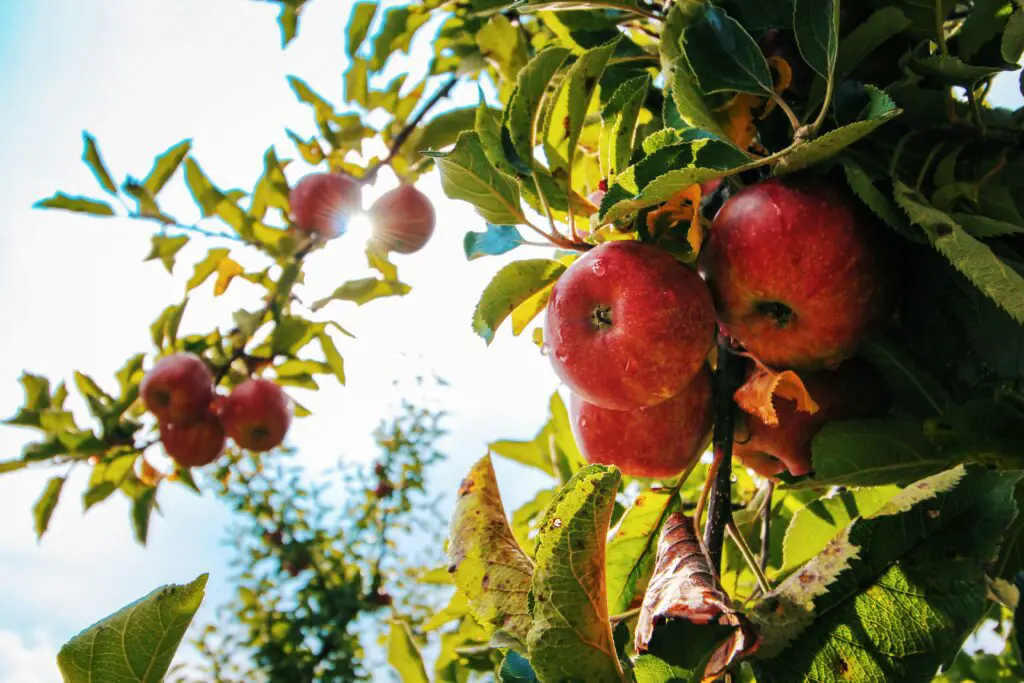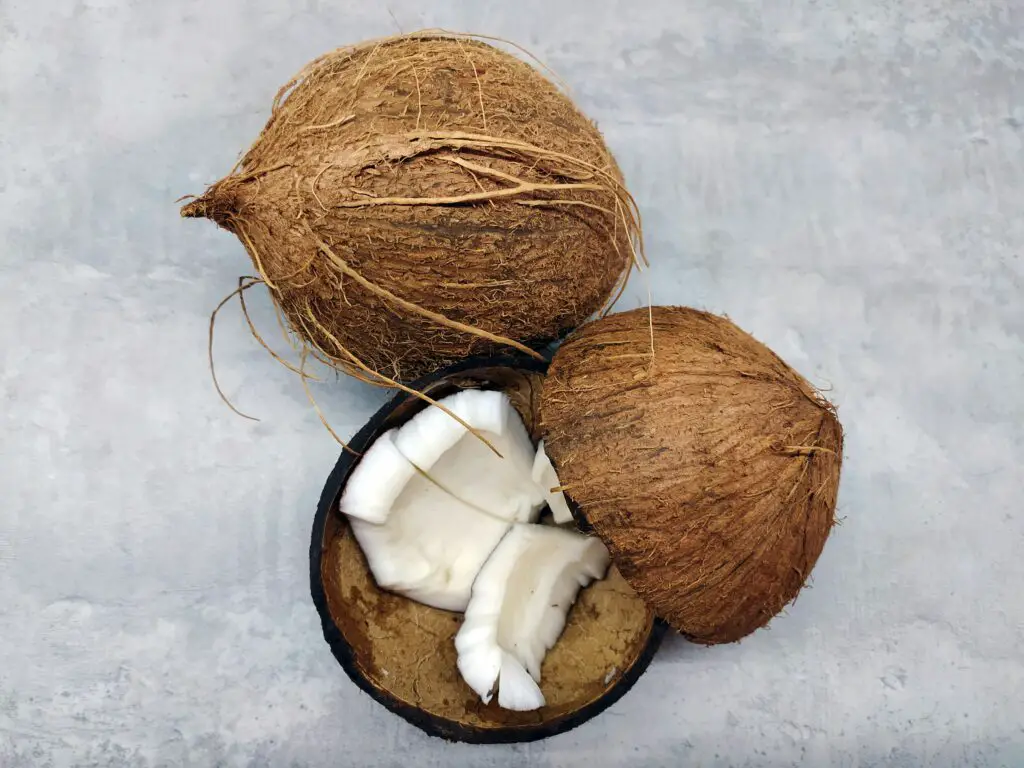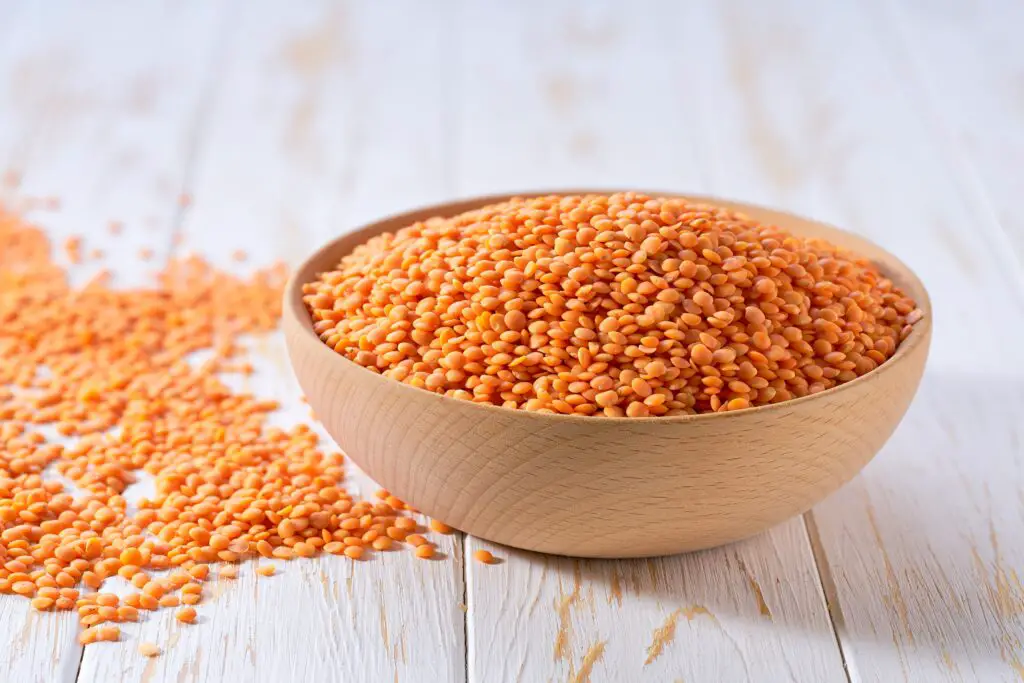1. Bread

Bread has been a staple for thousands of years, but in ancient civilizations, it wasn’t just food—it was a symbol of life itself. The Egyptians believed bread was a gift from the gods, often including loaves in tombs to sustain the dead in the afterlife. In Mesopotamia, bread was tied to social status, with finer, more refined loaves reserved for the wealthy. Even the Greeks and Romans saw bread as essential to daily life, using it in religious offerings. Some temples would bake sacred bread to be shared during ceremonies, reinforcing its divine connection shares the Brighter Side of News.
Beyond its religious significance, bread also held political power. In ancient Rome, rulers used free bread distributions to keep the population content, leading to the phrase “bread and circuses.” Different types of grain were associated with different deities, like barley being linked to Demeter, the goddess of the harvest. Whether in ritual or daily meals, bread was more than just sustenance—it was a sacred necessity adds MSN.
2. Honey

Honey was treasured in many ancient cultures, often considered a gift from the gods. The Egyptians used honey in offerings to deities like Ra, believing it had magical and healing properties. They also buried jars of honey with their dead, thinking it would provide nourishment in the afterlife. In Hinduism, honey was one of the five elixirs of immortality and was used in religious ceremonies. The Greeks associated it with the gods of Mount Olympus, particularly Zeus, who was supposedly fed honey as an infant shares Smithsonian Magazine.
Aside from its religious role, honey was also a powerful medicine. Ancient texts from China to Mesopotamia describe its use for wounds, digestion, and even preservation of the dead. Some civilizations even used honey as currency, further proving its value. With its natural sweetness and long shelf life, it’s no wonder honey was seen as divine says National Geographic.
3. Olives

Olives weren’t just a kitchen staple in the ancient world—they held deep religious significance. In Greek mythology, the olive tree was a gift from Athena, making it sacred to the people of Athens. Olive oil was used in religious ceremonies, including anointing kings and athletes in Greece and Rome. The oil also burned in temple lamps, symbolizing purity and divine presence. In Judaism and Christianity, olive oil was essential in rituals and was often seen as a symbol of peace.
Beyond their spiritual importance, olives were a sign of wealth and power. In some cultures, wars were fought over olive groves due to their economic value. The fruit and its oil were also used in medicine, proving their importance in daily life. Whether for worship or practical use, the olive tree was one of the most sacred plants in the ancient world.
4. Rice

In many ancient civilizations, rice wasn’t just a meal—it was a sacred blessing. In China, rice was linked to agriculture gods and often used in offerings. Some myths even suggest rice came from divine origins, gifted to humanity by benevolent deities. In Hindu culture, rice plays a major role in religious ceremonies, from birth celebrations to weddings. It symbolizes prosperity, fertility, and good fortune, which is why it’s still tossed at newlyweds in some traditions.
Rice was also tied to survival, making it even more revered. Famine could devastate entire societies, so a good rice harvest was seen as a divine favor. Many temples had rice storage to ensure communities never went hungry. Whether eaten daily or used in rituals, rice was seen as a sacred grain that connected people to their gods.
5. Salt

Salt might seem ordinary today, but in ancient times, it was practically sacred. The Egyptians used it in mummification, believing it helped preserve the soul for the afterlife. In Rome, soldiers were sometimes paid in salt, leading to the term “salary.” In biblical times, salt symbolized purity and was used in religious sacrifices. The Japanese incorporated salt into Shinto rituals to cleanse spirits and ward off evil.
Beyond religious practices, salt was also linked to protection and power. Some cultures spread salt around their homes to keep away bad luck or unwanted spirits. Because it was essential for preserving food, salt was also a sign of wealth, and wars were fought over control of salt mines. More than just a seasoning, salt was once a divine necessity.
6. Wine

Wine has been a part of religious ceremonies for thousands of years. The ancient Egyptians offered it to their gods and used it in rituals honoring Osiris. The Greeks dedicated wine to Dionysus, the god of wine and revelry, believing it connected them to the divine. In the Bible, wine is repeatedly mentioned in religious contexts, from Jesus turning water into wine to its use in communion. The Romans also saw it as sacred, often pouring it as an offering to their gods.
Beyond its spiritual role, wine symbolized joy, abundance, and even wisdom. Many philosophers, including Plato, discussed wine’s role in society and its ability to bring out truth. Some monasteries in medieval times preserved winemaking techniques because of its religious significance. A drink that brings people together, wine has always had a sacred place in history.
7. Corn

Corn was central to many ancient American civilizations, particularly the Maya and Aztecs. They believed humans were created from corn, as described in the Popol Vuh, the Mayan creation story. Corn was offered in religious ceremonies and considered the food of the gods. The Aztecs even had a maize god, Centeotl, who was honored with sacrifices and festivals. Many temples depicted corn in their carvings, reinforcing its divine connection.
Beyond its spiritual meaning, corn was crucial for survival. It was a dietary staple that sustained entire civilizations, making it as valuable as gold. Some rulers stored vast amounts of corn to ensure their people would always have food. More than just a crop, corn was seen as the very essence of life.
8. Garlic

Garlic wasn’t just used for flavor in ancient times—it was thought to have mystical properties. The Egyptians gave garlic to workers building the pyramids, believing it gave them strength. In ancient Greece, garlic was associated with protection, and athletes ate it before competitions. Hindu traditions recognized garlic as both medicinal and spiritually significant, though some sects avoided it due to its strong effects. In some cultures, garlic was used in religious offerings or placed in homes to ward off evil spirits.
Aside from its religious importance, garlic was considered a cure-all. It was used to treat infections, digestive issues, and even ward off disease. Some legends even credit garlic with repelling vampires and demons, showing how deeply people believed in its power. Whether eaten or used in rituals, garlic was much more than just a spice.
9. Apples

Apples have appeared in mythology and religion for centuries. In Greek mythology, the golden apple led to the Trojan War, showing its divine importance. Norse mythology featured apples as a source of immortality, guarded by the goddess Idun. In Christianity, the apple is often linked to the story of Adam and Eve, symbolizing knowledge and temptation. Celtic traditions also saw apples as magical, often tied to wisdom and the afterlife.
Aside from their spiritual meaning, apples were linked to health and longevity. Many ancient cultures believed apples had medicinal properties, keeping illness away. Some rulers even had personal orchards, seeing apples as a sign of prosperity. With its rich symbolism, the apple was far more than just a sweet snack.
10. Coconuts

Coconuts were considered sacred in many tropical cultures. In Hinduism, coconuts were offered in temples as a symbol of self-sacrifice. The Polynesians saw coconuts as gifts from their gods, often using every part of the plant in daily life. Some ancient Southeast Asian cultures believed the coconut tree was the “tree of life.” Coconuts were even used in purification rituals, with their water symbolizing purity.
Beyond their religious use, coconuts were vital for survival. They provided food, water, oil, and materials for shelter. Some legends say breaking a coconut releases divine energy, bringing good fortune. Whether in rituals or daily life, the coconut was a truly sacred fruit.
11. Lentils

Lentils have been a sacred food in many cultures for thousands of years. In ancient Mesopotamia, lentils were one of the first domesticated crops and were often associated with nourishment from the gods. In the Bible, lentils appear in the famous story of Esau trading his birthright for a bowl of lentil stew, highlighting their deep significance. The Egyptians included lentils in tombs, believing they would sustain the dead in the afterlife. In Hinduism, lentils are a key part of vegetarian offerings to deities, symbolizing purity and sustenance.
Beyond their religious importance, lentils were a crucial survival food. Rich in protein and easy to store, they were a staple for both the poor and the wealthy. Many ancient societies believed lentils promoted wisdom and inner peace, making them a preferred meal for monks and scholars. Even today, lentils remain a symbol of prosperity, often eaten on New Year’s Day in some cultures to bring good fortune.
